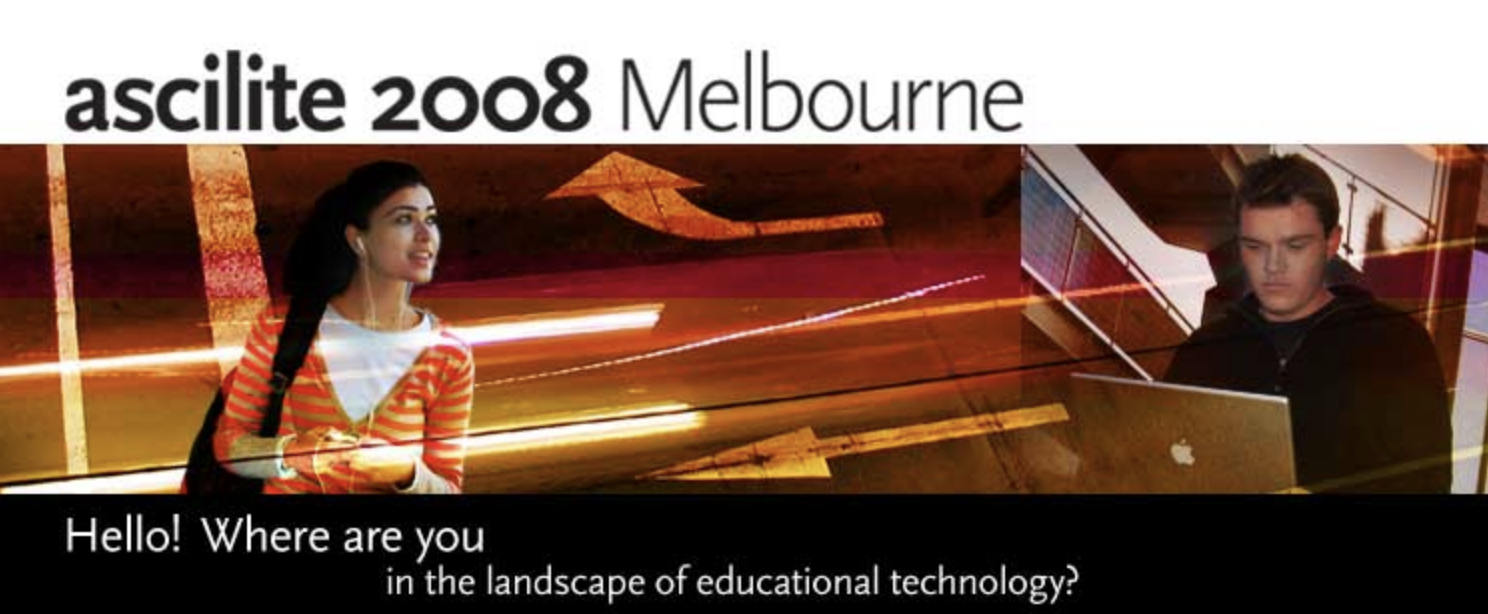3D virtual environments
Businesses are ready but are our ‘digital natives’ prepared for changing landscapes?
DOI:
https://doi.org/10.14742/apubs.2008.2360Keywords:
3D virtual learning environments, web 2.0, digital natives, generation-y, business, employability, 3D cave, collaborative virtual environmentAbstract
Futurists anticipate that within just three years, 70-80% of businesses and Internet users will have a 3D virtual presence. This should be welcome news to our current ‘digital native’ undergraduates who have grown up in a digital era, and who are said to prefer environments that are highly interactive, immersive, multi-modal and connected. 3D virtual learning environments not only fulfil these criteria, but also provide increased flexibility for students who are not on campus. It is perhaps not surprising, therefore, that 3D virtual worlds such as Second Life (2003), which provide a social space in which students—represented by avatars—can learn, create, explore and gather information collaboratively and individually, have been readily adopted in instructional settings. Yet very few studies have documented the challenges in adapting these technologies to the teaching and learning curriculum. Do we know how prepared our ‘digital natives’ are for this changing landscape? This presentation will draw on the case studies in which three undergraduate media arts courses at the University of South Australia were trialled in Second Life. The challenges experienced by both teacher and students will be discussed and assumptions about the readiness of ‘net generation’ learners to readily adapt to such technologies debated. The presentation will conclude with a discussion of the strategies required to utilise the potential of 3D virtual worlds for re-engaging students in a flexible, experiential and community- based learning environment so that they are ready to grasp the opportunities afforded by this rapidly changing landscape.
Downloads
Published
Issue
Section
Categories
License
Copyright (c) 2025 Denise Wood, Lee Hopkins

This work is licensed under a Creative Commons Attribution 4.0 International License.





